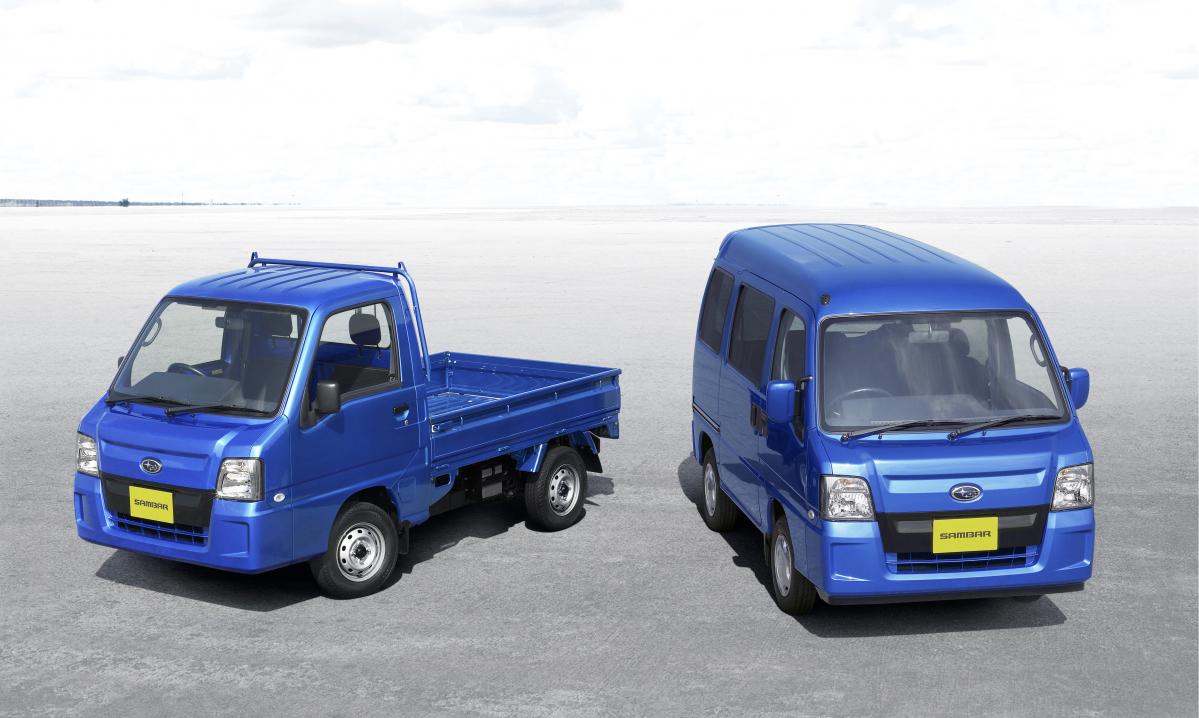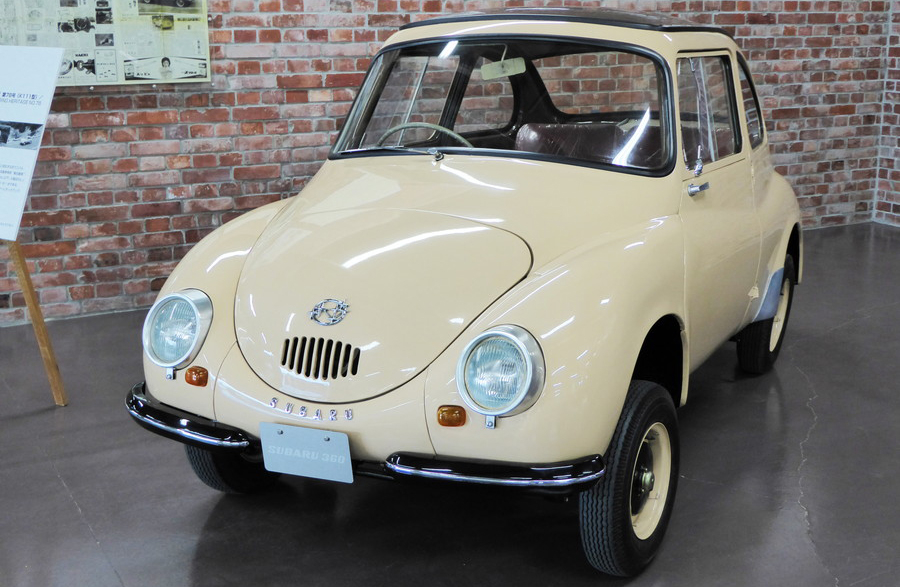
subaru sanban-
porsche running on a farm road
Even people who have no interest in automobiles are likely familiar with the name Porsche. It’s an extremely expensive car that is out of reach for the average salaryman. However, in Japan, there is a light truck known as the “Porsche of rural roads,” which adopts the same engine and driving style as a Porsche, allowing for a similar driving experience. This vehicle is called the “Subaru Sambar.”
- What is Porsche, to begin with?
- Subaru adopted Porsche’s RR (Rear-Engine, Rear-Wheel Drive) driving layout in its light truck, the Sambar.
- The 50th-anniversary edition of the 6th generation, called the “Sambar Truck WR Blue Limited,” was released for sale. This vehicle commands high prices in the used car market.
- Rare Subaru Sambar models designed for commercial use are scarce and not easy to come by.
- I have summarized information about the Subaru Sambar.

